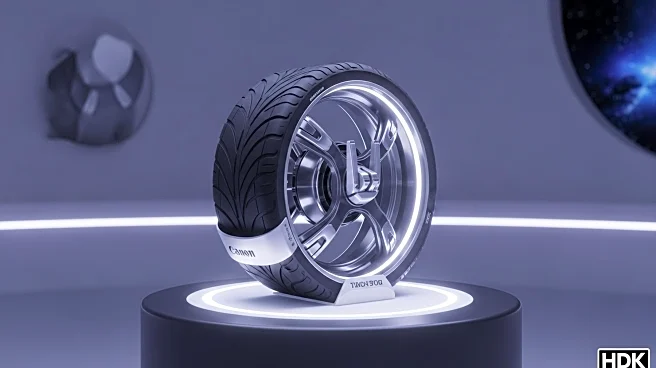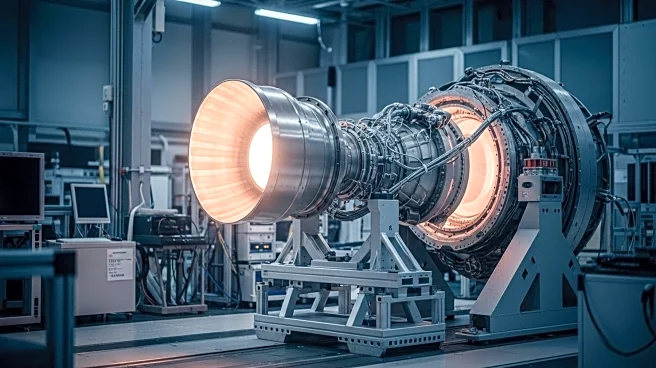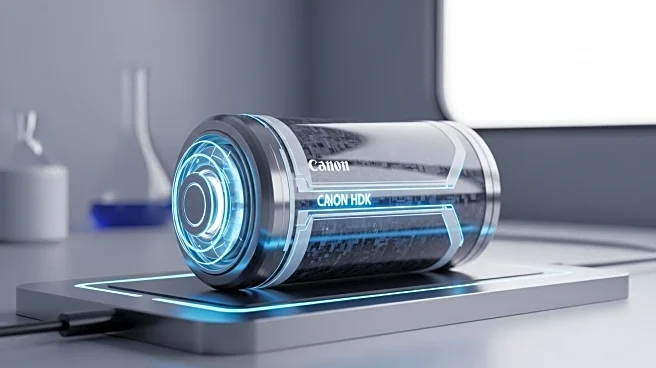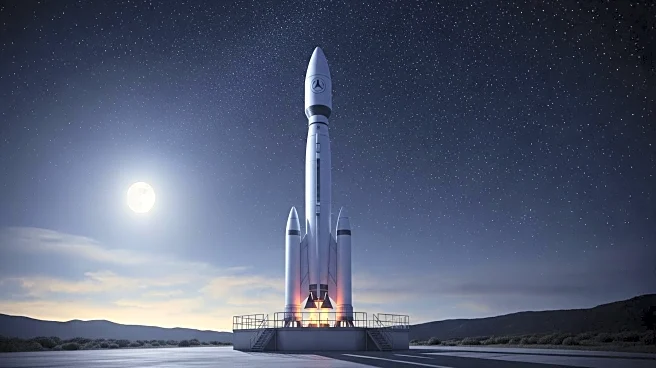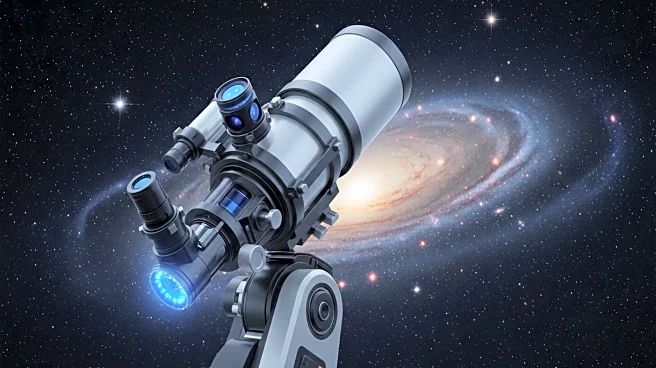What's Happening?
NASA's Johnson Space Center has developed a thin film sensor capable of measuring temperatures up to 1200 °F, with potential advancements reaching up to 3000 °F. This technology is designed to withstand the extreme conditions encountered during spacecraft reentry, providing high-frequency temperature measurements that are crucial for refining spacecraft operations and understanding flight hardware behavior. The sensor addresses issues related to thermal expansion mismatch between the spacecraft's thermal protection system and the sensor materials. NASA is actively seeking licensees to commercialize this technology, which could also have applications in hypersonic aircraft, energy production, and metallurgical environments.
Why It's Important?
The commercialization of NASA's thin film sensor technology could significantly impact the aerospace industry by enhancing the safety and performance of spacecraft during reentry. This technology offers a solution to the limitations of current temperature measurement methods, which are restricted to lower frequencies and temperatures. By providing more accurate data, engineers can improve the design and operation of spacecraft, potentially reducing costs and increasing reliability. Additionally, the technology's applicability to other high-temperature environments, such as hypersonic aircraft and energy production, could lead to advancements in these fields, fostering innovation and economic growth.
What's Next?
NASA is seeking partners to license and commercialize the thin film sensor technology. Interested parties are encouraged to contact NASA's Licensing Concierge to initiate discussions. The successful commercialization of this technology could lead to its integration into various industries, expanding its use beyond aerospace applications. As the technology is adopted, it may drive further research and development, leading to new innovations and improvements in high-temperature measurement capabilities.
Beyond the Headlines
The development of this sensor technology highlights the ongoing efforts to address the challenges of thermal expansion mismatch in high-temperature environments. By overcoming these issues, the technology not only improves spacecraft safety but also opens up possibilities for its use in other industries facing similar challenges. This advancement reflects a broader trend towards enhancing material science and engineering to meet the demands of extreme conditions, potentially leading to breakthroughs in other areas of research and application.


